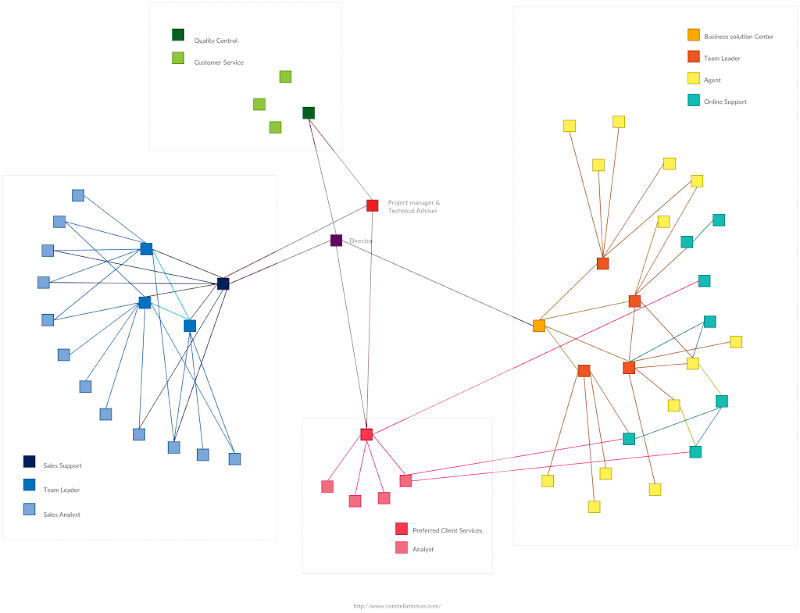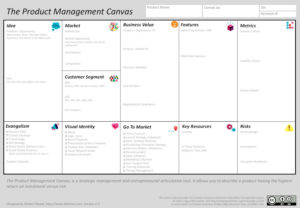Introduction
In 1968, computer programmer Melvin Conway made an observation that has since become known as Conway’s Law. It states that “organizations which design systems… are constrained to produce designs which are copies of the communication structures of these organizations.” In other words, the way that a company is structured will inevitably shape the way that its products and systems are designed.
The Relationship Between Structure and Design
Conway’s Law is based on the idea that communication is the key to effective design. When teams are siloed and don’t communicate well with each other, it becomes difficult to create a cohesive product. For example, if the design team is separated from the development team, there may be miscommunications about what is possible to build, leading to a design that is not feasible. On the other hand, companies that prioritize collaboration and open communication between teams tend to produce more successful products.
Applying Conway’s Law to Modern Organizations
In the digital age, Conway’s Law has become more relevant than ever before. With the rise of remote work and distributed teams, it’s important for organizations to be intentional about how they structure their teams and facilitate communication. One approach is to create cross-functional teams that include members from different departments, such as design, development, and marketing. This can help ensure that everyone is on the same page and working towards the same goals. Another strategy is to invest in tools and technologies that facilitate collaboration, such as project management software and video conferencing tools.
Conclusion
Conway’s Law may be over 50 years old, but its insights are still relevant today. By understanding how organizational structure impacts design, companies can better position themselves for success. By prioritizing communication, collaboration, and cross-functional teams, organizations can create products and systems that are not only effective, but also reflect their values and culture.
Written in collaboration with Generative AI tech using Notion.so. Cover art generated using creately.com.



